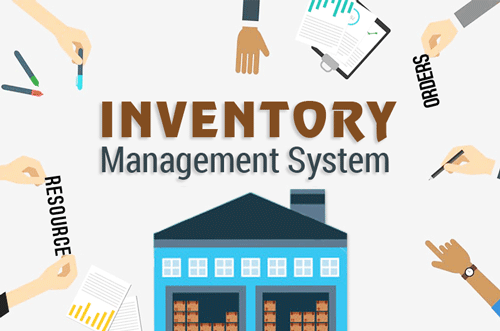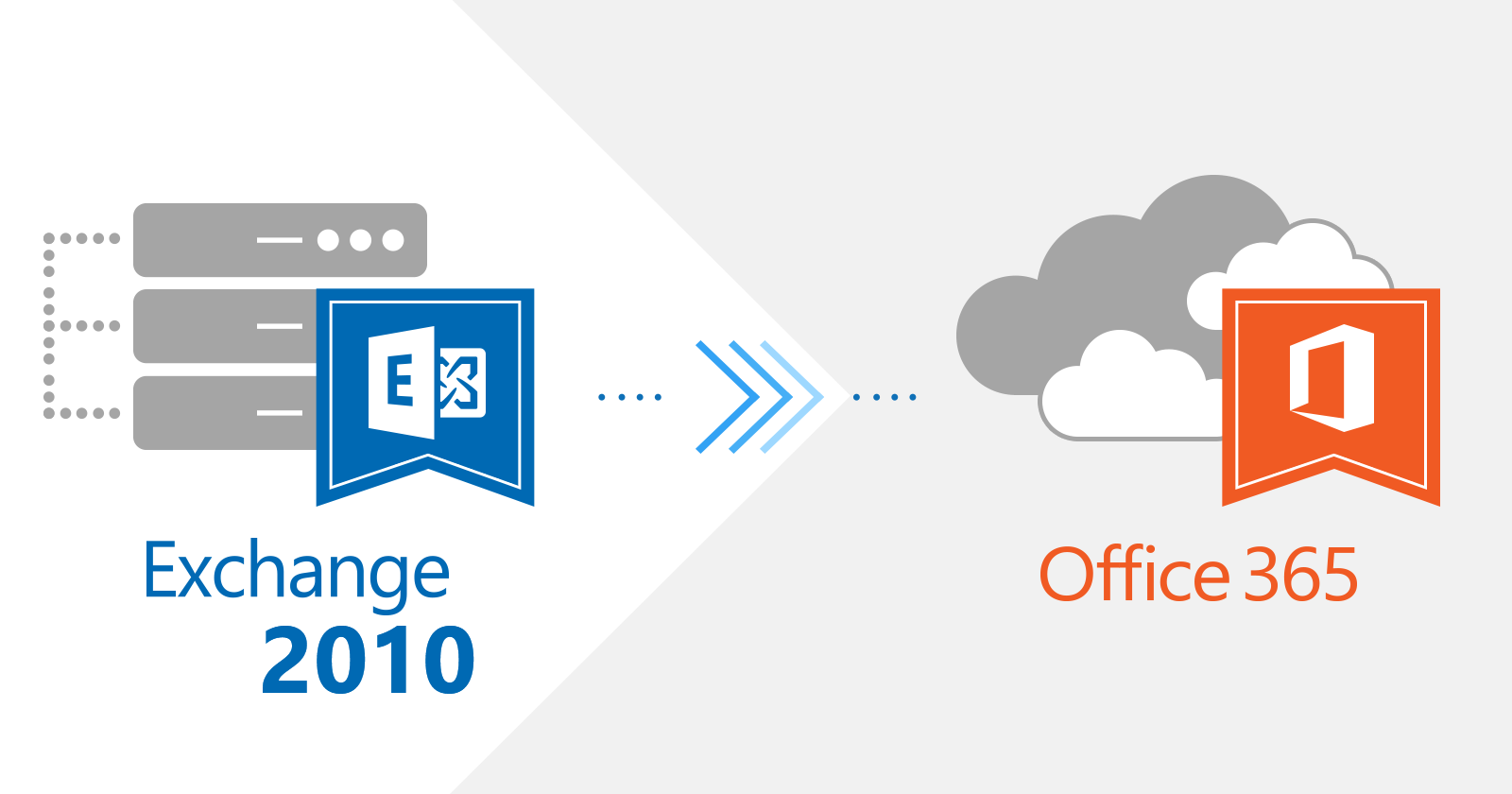In the financial services industry, blockchain is expected to achieve a compound annual growth rate (CAGR) of 61.9%.
Analysts expect the upward trend to continue far past the projected numbers. Blockchain banking is becoming more popular, and large tech companies are continuing to buy into the technology.
You can stay on the front end of this innovation by understanding how blockchain is changing banking and finances in 2022.
Continue reading to learn how the blockchain is revolutionizing banking.
What Is Blockchain?
Blockchain technology is a way to securely record information without the need for a centralized authority. Organizations like banks secure your financial transactions.
Blockchain is revolutionary because it removes the need for the middleman.
Through a distributed ledger, transactions are verified by the community itself.
Through complex procedures, blockchain ensures two people can trade. Everyone can see that trade happens, and the audience verifies the trade.
Banks are central authorities who usually verify transactions, and they charge fees for the service.
Blockchain is the technology used to trade cryptocurrencies, but it is widely applicable in the financial space as well. Technologies like non-fungible tokens (NFTs) are also traded on the blockchain.
NFTs could secure documents like driver’s licenses, concert tickets, or signed agreements. Any transaction that occurs could use the blockchain instead of our banking system.
The Blockchain Banking Effect
As you can see, blockchain is currently reinventing the financial space. Right now, it’s on banks to decide if they are going to use blockchain technology in banking.
Banks are wary of the technology as it has entered the limelight in the last couple of years. On one hand, this makes sense. Decentralization is threatening to central authorities.
On the other hand, banks could apply blockchain in banking for their own transactions as well. Banks have the benefit of federal regulation and financial security. Cryptocurrencies are unregulated and not insured.
Financial institutions should be looking for practical ways to move their services to the blockchain.
Blockchain Is Becoming More Liquid
One of the major obstacles to wide adoption is the lack of liquidity. An asset is more liquid if you can quickly exchange it for value. Assets like cash are completely liquid, while other assets like land are significantly less liquid.
Right now, cryptocurrency is not very liquid, but that is quickly changing.
Businesses are beginning to accept cryptocurrencies, and bitcoin ATMs are one of the easiest ways to exchange crypto.
Companies like Byte Federal have been placing bitcoin ATMs all over the country. This makes cryptocurrency exchange easier than ever.
This is because it has traditionally been difficult to exchange cash for crypto. ATMs fix this by adopting the same physical access banks have been using for decades.
Participating in the Future
Blockchain banking is the new norm. Many people are holding more cryptocurrency as inflation rises because it is a better store of value at the moment. It’s like having a blockchain bank account.
Stay up to date with banking and financial exchange in 2022. Make sure you get on the front end of the blockchain as it is implemented into our economy.
For more business articles like this one, be sure to visit this page often.






Be First to Comment